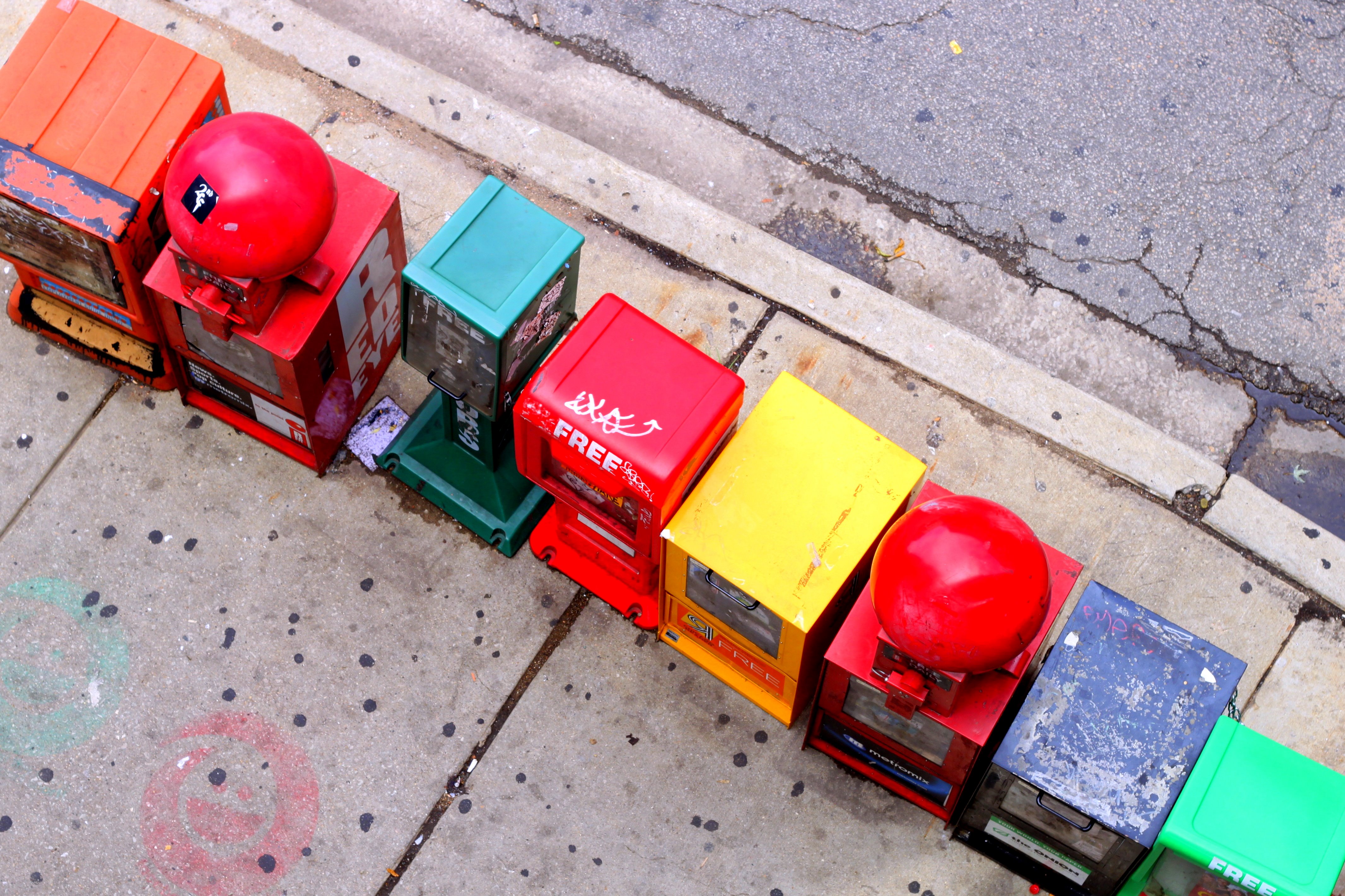Records show Illinois fails to hold police accountable for misconduct
Eighty-one Chicago police officers lost their badges over the past 20 years, but only after being investigated for 1,706 previous……
Founded as St. Louis Journalism Review in 1970

Eighty-one Chicago police officers lost their badges over the past 20 years, but only after being investigated for 1,706 previous……

For nearly a decade, an archived collection of photographs from the Chicago Sun-Times newspaper seemed lost forever, first to a……

A few days ago I shared an op-ed on my personal Facebook page by a doctor in Los Angeles who……

When their billionaire owner abruptly closed Chicago’s DNAInfo in 2017, three former editors decided to build a different kind of……
CHICAGO – Back in the early ’70s, as a cub working off the overnight city desk at the Chicago Tribune, you learned fast that all murders were not equal. Sure, all were listed methodically on the deputy superintendent’s logbook at the old police headquarters at 11th and State streets. But while killings on the city’s predominantly white North Side were almost always pursued by our small band of nocturnal newsmen, the more numerous homicides in the black neighborhoods of the South and West Sides most often were ignored. There was even a winking code word for the latter category. They were “blue.” Blue, as in “cheap domestic,” where a drunken live-in boyfriend kills his common-law mate. Blue, as in someone shot in the face after a street-corner dice game gone awry. Judging by how the other four daily newspapers (yes, four!) covered and displayed their homicides, it’s safe to assume the same double standard applied.